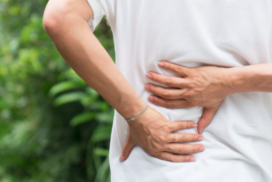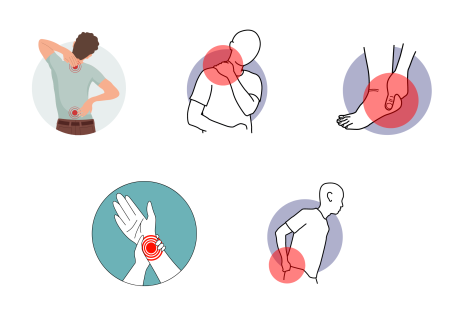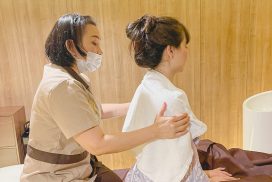Ever experienced soreness or pain during / after your Thai massage and wondered why? Read on to find out more!
Massages are meant to be a method of relaxation – to loosen the knots from the tension of work and stress of life as well as a time to unwind. Many travel long distances to Thailand to achieve just this form of restfulness and getting a massage is definitely high on most tourists’ list of things to do in Thailand. Given that, many tourists often question why they feel pain after a Thai massage. This article addresses the most frequently asked questions (and more) to ensure that you are able to understand Thai massage. Ultimately, is Thai massage good for you – despite the pain?

Firstly, what is post-massage pain?
Post-massage pain occurs as a massage can stimulate parts of your body that has not been worked on recently. A massage is used to target areas of your body where you feel the most tension and tightness, area which your body is not used to focusing on.
So, why do I feel pain after a Thai massage?
The technique utilised in Thai massage is different in how the masseuse utilises firm pressure to your contracted muscle tissue. This allows to loosen tension in your contracted muscle tissue that obstructs blood circulation. With the amount of pressure used in the technique of Thai massage, it guarantees relief of muscle tension but with the possible side effect of pain.
What are the areas that I can expect to feel pain in?
- Back
- Shoulders and Neck
- Legs and Feet
- Arms and Hands
- Hips and Glutes
Fret not! The pain does not last long!

When does post-massage pain begin and how long does it last?
It is normal to feel soreness and pain after the session. Hang in there! The pain is expected to last for a day or two, and should recede after this time period.
How do I manage the soreness and pain of a Thai massage?
- During the massage, speak up if the massage is too painful and unbearable. Know that your masseuse is happy to accommodate to your comfort level.
- Staying hydrated ensures the limberness of the muscle and aids the healing process after a massage. Get that Thai tea!
- Having a warm bath or shower allows to decompress sore muscles.
- Applying heat packs or ice packs allows for elevated blood flow while easing discomfort.
- Rest allows for your muscles to relax.
- In the case of unbearable pain, nonprescription pain relievers can also be used to manage discomfort. But do exercise precaution before doing so.

Lastly, why do people still embrace Thai massage despite the pain?
In spite of the pain, Thai massage has a multitude of benefits.
This includes
- Alleviating pain from headaches and migraines
- Easing back pain
- Soothing joint stiffness and pain
- Improving flexibility and range of motion
- Relieving anxiety
- Improving chronic pain
- Aiding mental health
- Remedying muscle function after a stroke
- Relieving of urinary tract symptoms
Ultimately, pain is normal when having a Thai massage. The specialised technique is designed to work deep into the muscle tissue, necessitating pressure and force to achieve results. There are different techniques and methods that you can utilise to manage pain, both during the massage and after the session. Despite the pain, know that it is worth it in the long run with the extensive benefits that Thai massage offers.







